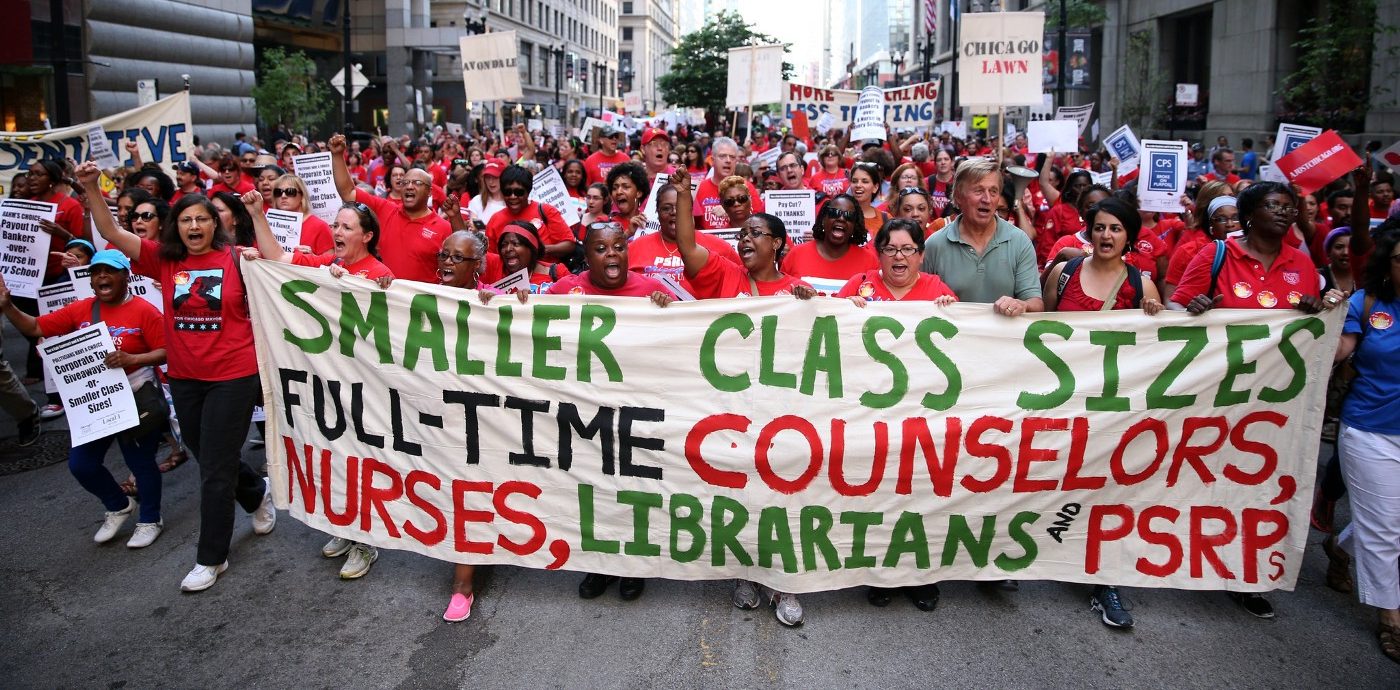The education system in America is extremely flawed. The system of education has been shifted to prioritize specific neighborhoods and races, leaving those in more vulnerable positions with fewer opportunities. In Chicago, Illinois, the inequality that students face based on their race or zip code has manifested creating disparities among the levels of education that some students receive. The inequalities found in the Chicago school district stem from earlier problems in our country’s history, that have divided people both racially and economically.
A racist practice that continues to influence these inequalities is redlining; a historical event used to divide neighborhoods and people, through the ranking of certain areas. The ramifications of redlining that cities and states have faced continue to be extremely present in Chicago, Illinois (Appel, Nickerson 2). With the more urban areas being ranked lower on the redlining scale, and these areas being mostly populated by families of color, these families have faced many injustices that we still see today: such as racial segregation and educational opportunities (Badger 2017).
The intense problem of racial discrimination has increased in Chicago due to governmental system not supporting the lower funded schools enough. The Chicago schooling district is divided into two systems: CPS which receives approximately 15% of the state’s funding and contains 90% students of color, while the rest of the funding goes to the predominately white schools of Chicago (Claypool 2017). The disparities in funding in Illinois to this day is a violation of the Illinois Civil Rights Act, as certain races and national origins are being favored. The children under CPS are continually suffering, while Governor Rauner and other leaders fail to help as he points the blame of inadequate school funding to issues of poverty (Claypool 2017). Through a study done by “The Education Trust”, the findings are extremely clear: “It cannot be stressed enough that no other state in the nation has a more unfair system of school funding, a more regressive tax structure or a greater debt than Illinois.” (Kadner 2015). In Chicago, the property tax is what is primarily used to fund public education. The property tax immediately hits the poorer areas the hardest. With an inability to pay these high taxes, and with state school districts where students are primarily living in poverty receiving about 20% less funding rates than their wealthier and more white counterparts, these underfunded schools are forced to take short cuts (Kadner 2015). These short cuts often include art education programs, eliminating a child’s ability to be creative and flourish within a classroom. Currently in Chicago, many students’ creative ability, safety, and opportunities to learn in a productive environment are all extremely at risk.
/cdn.vox-cdn.com/uploads/chorus_image/image/63493183/eoskuls_cst_082714_13_48430465.0.jpg)
https://www.google.com/url?sa=i&url=https%3A%2F%2Fchicago.suntimes.com%2F2016%2F10%2F22%2F18359503%2Fcps-has-lost-nearly-11-000-students-since-last-fall&psig=AOvVaw1k5jlP_hQ0ruBwRn3M7e2d&ust=1608483639670000&source=images&cd=vfe&ved=0CAIQjRxqFwoTCOiR9dPC2u0CFQAAAAAdAAAAABAJ
